How to remove rust stains from concrete – 7 tried and tested methods that really work
Harness the power of your pantry staples
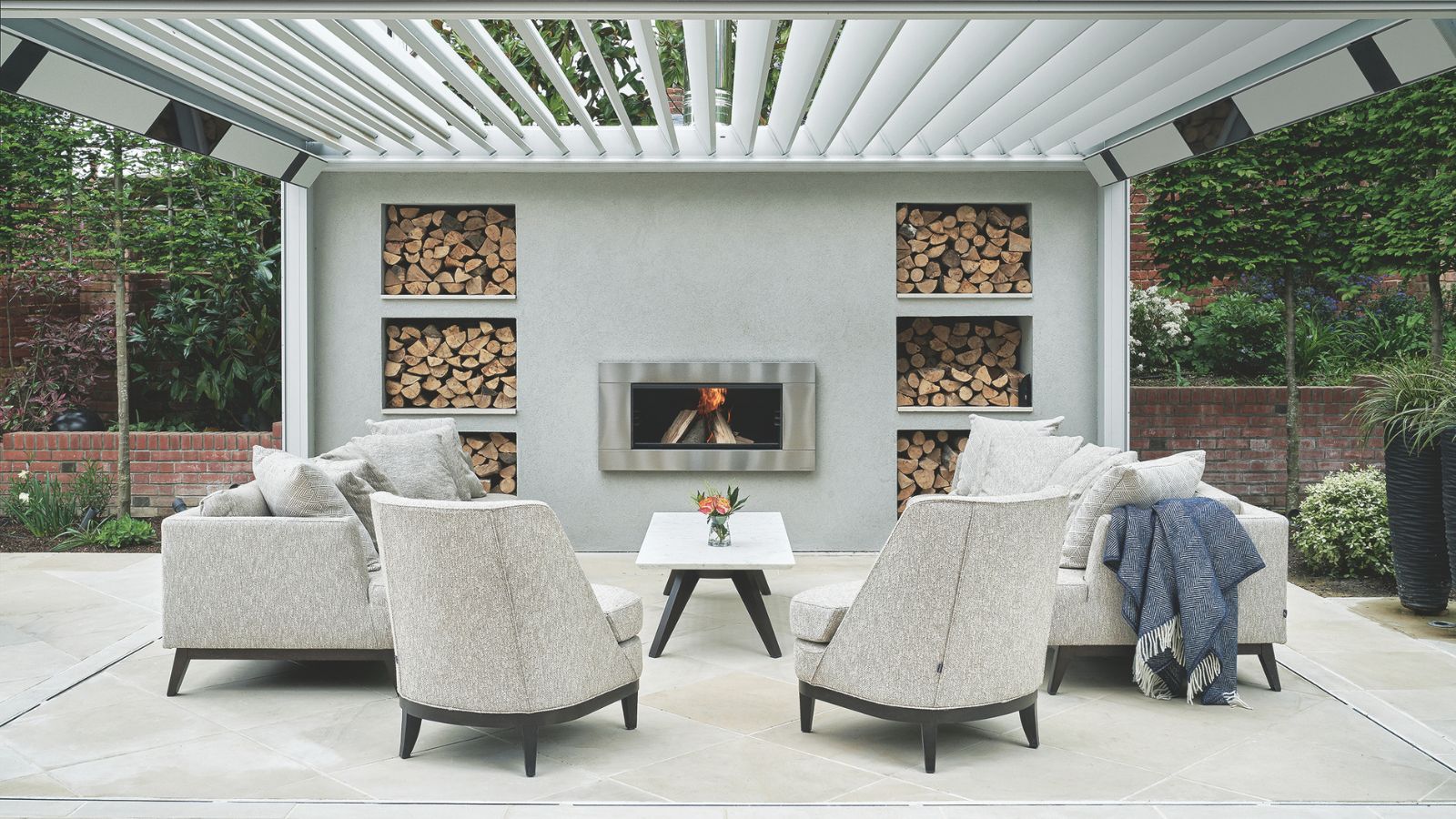

Megan Slack
Over winter, your patio furniture has likely sat outdoors in wet weather and you may now need to learn how to remove rust stains from concrete due to the resulting stains.
Luckily, these can be removed, and it's relatively quick and easy once you know how. But, as with most things, time is of the essence, and the sooner you tackle these stains, the more thoroughly and quickly they'll come off.
Here, we've spoken to professional cleaners and paving experts for their tips on cleaning concrete floors and removing rust – to restore your yard's surfaces to their former glory, just in time for spring and a long summer of hosting.
How to remove rust stains from concrete
According to Rowan Cripps, paving specialist and founding director of Infinite Paving, you don't need chemical cleaning products to remove rust from concrete – many pantry staples will do the job for you. These have all been tested and approved by Homes & Gardens' own Megan Slack, so we can vouch for the fact that they all really work.
'Before you start, remove any furniture, grills, or planters from the patio so that the entire surface is visible and sweep away loose dirt, debris, or leaves,' advises Rowan. 'This is a great time to inspect the patio for damage and make any necessary repairs before beginning the cleaning process.'
1. Use dish soap and water
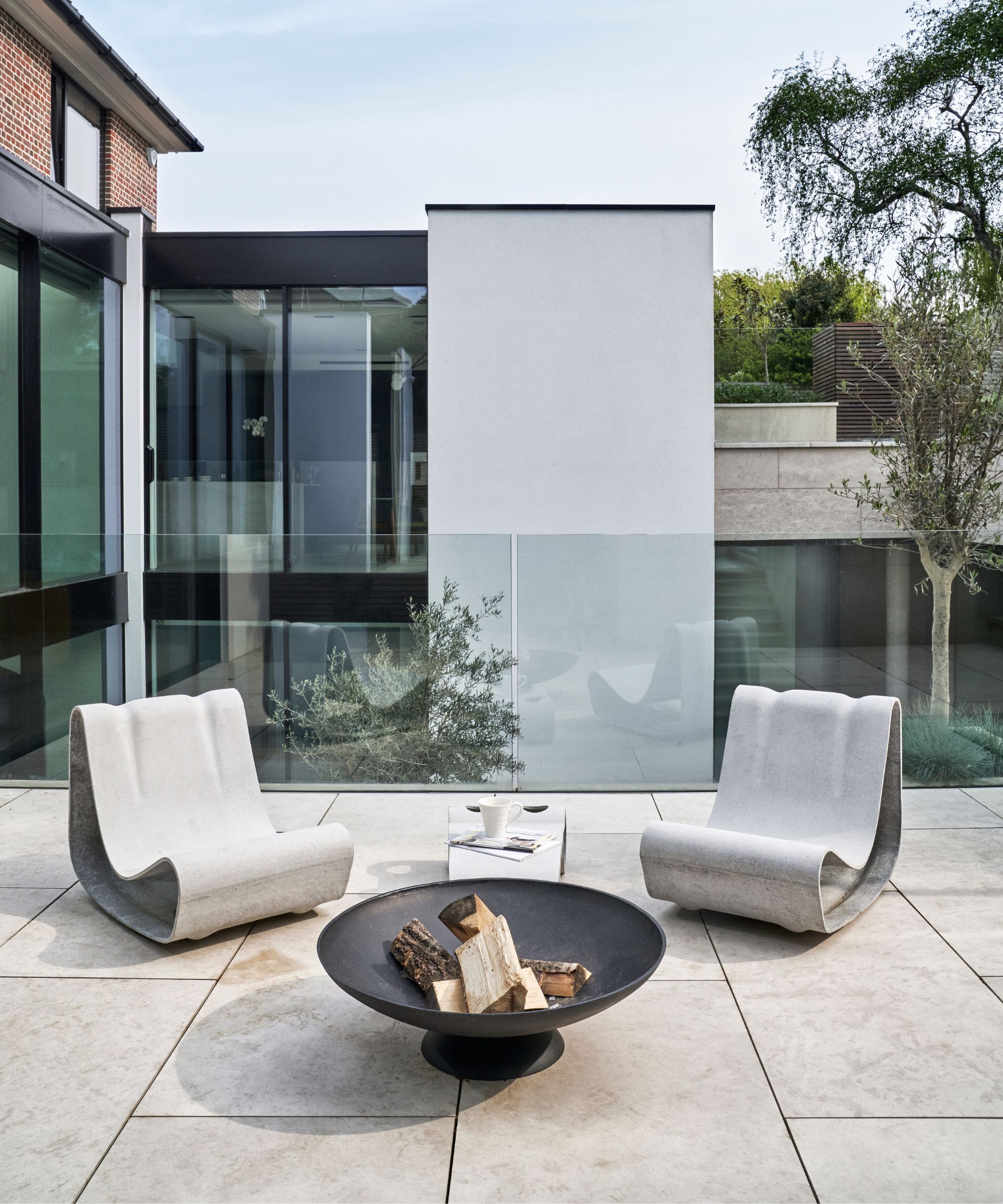
Dish soap effectively breaks down grease and dirt.
There are a whole host of things you can clean with Dawn Powerwash, and luckily, concrete flooring is one of them.
Karina Toner, cleaning expert and operations manager at Spekless, advises, 'This is best for light surface stains and routine maintenance. Dish soap breaks down grease and dirt.'
Simply mix warm water with dish soap, such as the Dawn Ultra Liquid Dish Soap available at Walmart, in a bucket, and apply it to the surface. Then, let it sit until the dirt becomes loose and easy to remove, before scrubbing it with a stiff-bristle brush, such as the Libman Floor Scrub Brush available at Walmart, mopping, and rinsing with fresh water.
'Don't be afraid to continue this process if it requires further cleaning – mine took a couple of tries,' assures Megan.
2. Try vinegar
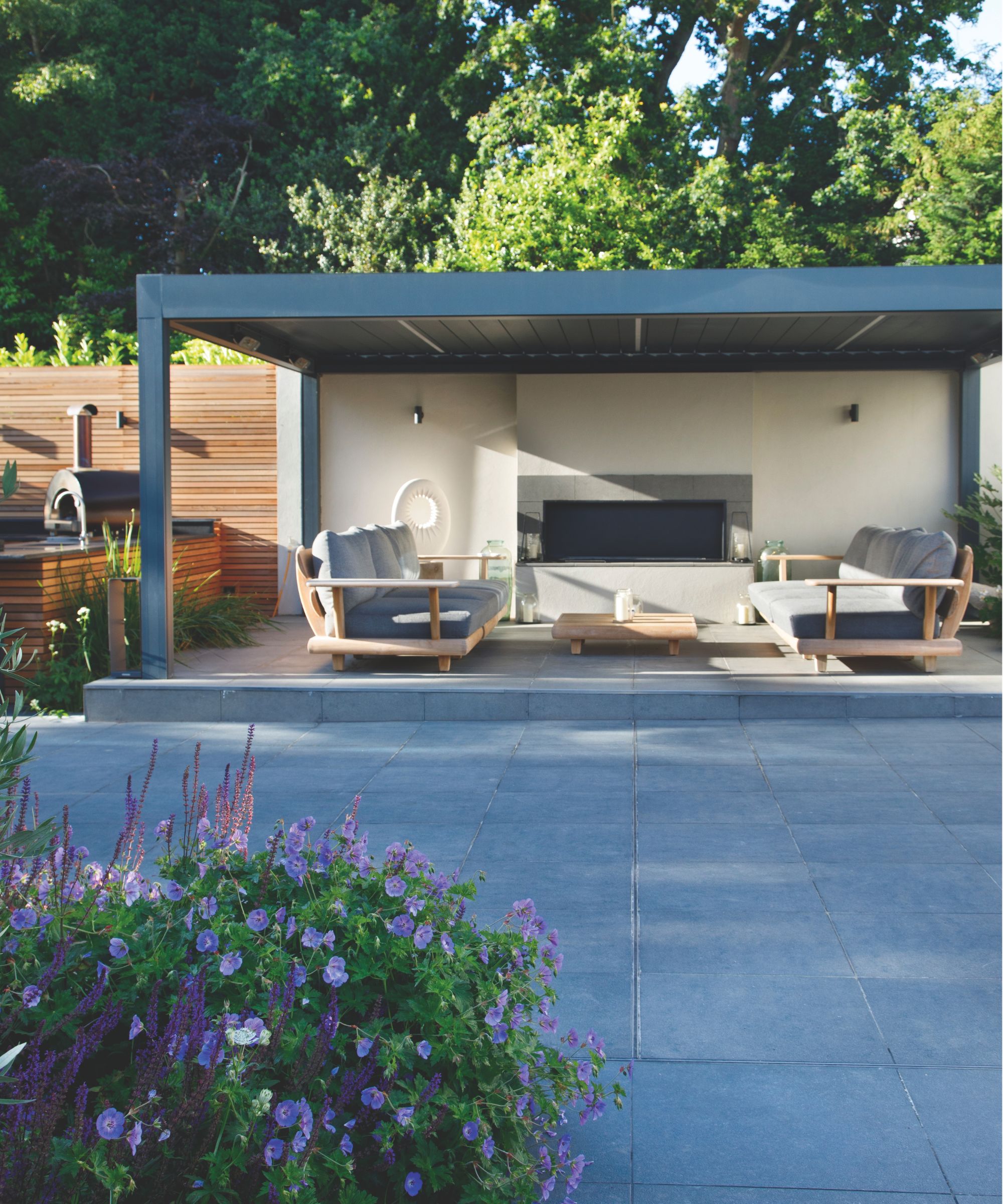
Vinegar can be used with caution on concrete, but should always be kept away from patios and paving stones.
Another eco-friendly way to successfully remove rust stains on concrete is by cleaning with vinegar.
'Vinegar's acidity helps dissolve rust naturally without damaging the concrete,' says Karina, but just be warned that, in contrast, vinegar is one of the things you should never clean a patio with. However, when targeting rust stains specifically, it's safe to use sparingly.
It's best used diluted, so combine white vinegar and water in a spray bottle, such as the bestselling Equate 8 oz Plastic Spraybottle available at Walmart, in a 50:50 ratio. Spray directly onto the areas of the concrete where the stains are, and let sit for an hour before scrubbing the surface with a stiff-bristle brush.
Importantly, always test your best DIY cleaning solutions in an inconspicuous area first, to avoid any staining, discoloration or damage, and brush in line with your tiles to swerve any scratching. Then, rinse with water and let dry.
3. Harness the natural cleaning power of lemons
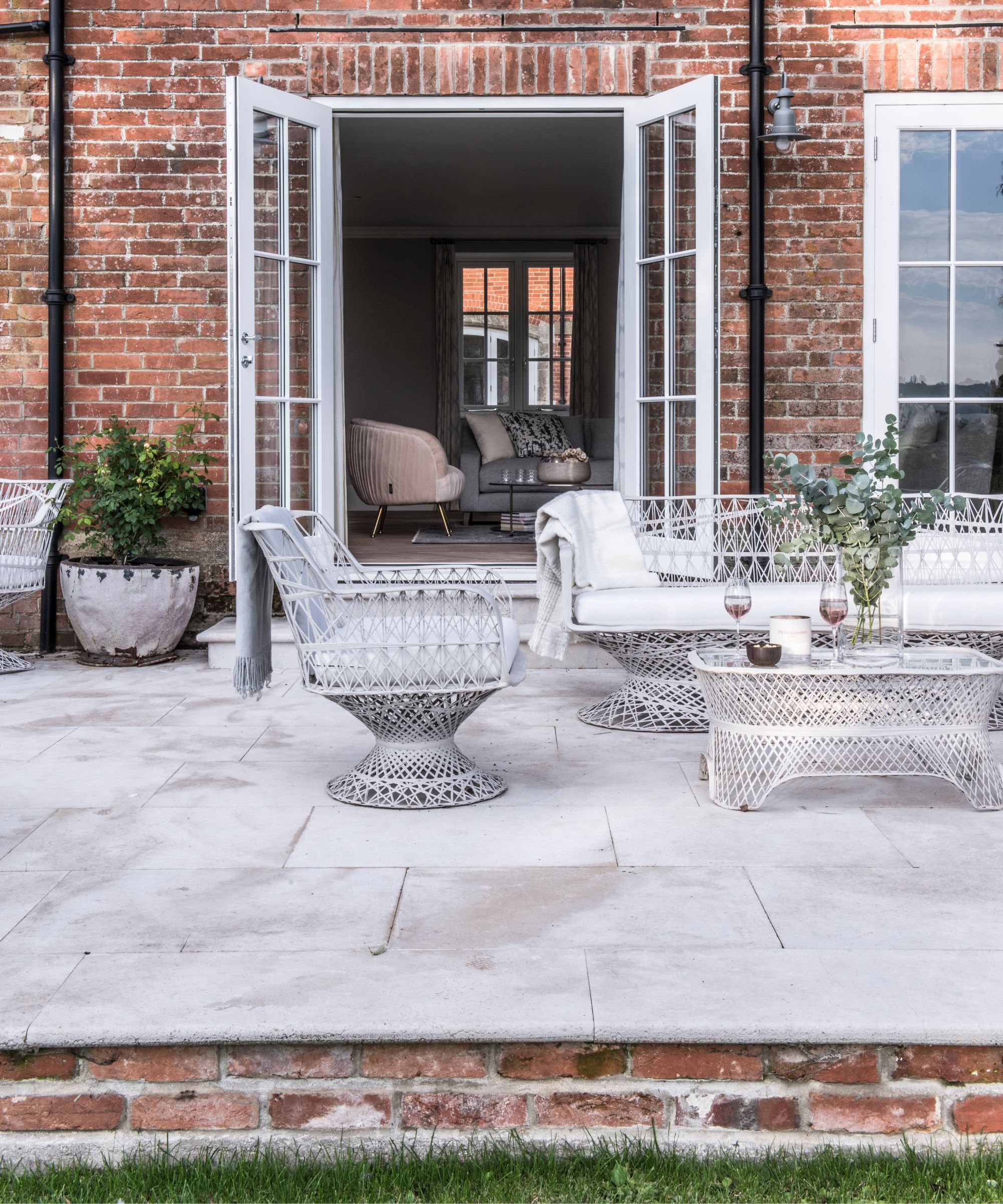
The acidity of lemon juice works well to remove rust stains from concrete.
Cleaning with lemon juice is a surprisingly effective option for small rust stains on concrete, according to Megan, and Karina agrees.
'It works similarly to vinegar, but has a slightly weaker acidic effect,' she says. 'The citric acid breaks down rust while being safe for the environment.'
For the best results, soak your stains in lemon juice for up to 15 minutes, to allow the acidity to dissolve much of the staining before cleaning the concrete with a brush in circular motions.
Then, rinse away the acidic residue with water, either with your garden hose or a watering can, such as the highly-rated Cado 63065 2Gal Watering Can available at Amazon.
4. Clean with a pressure washer
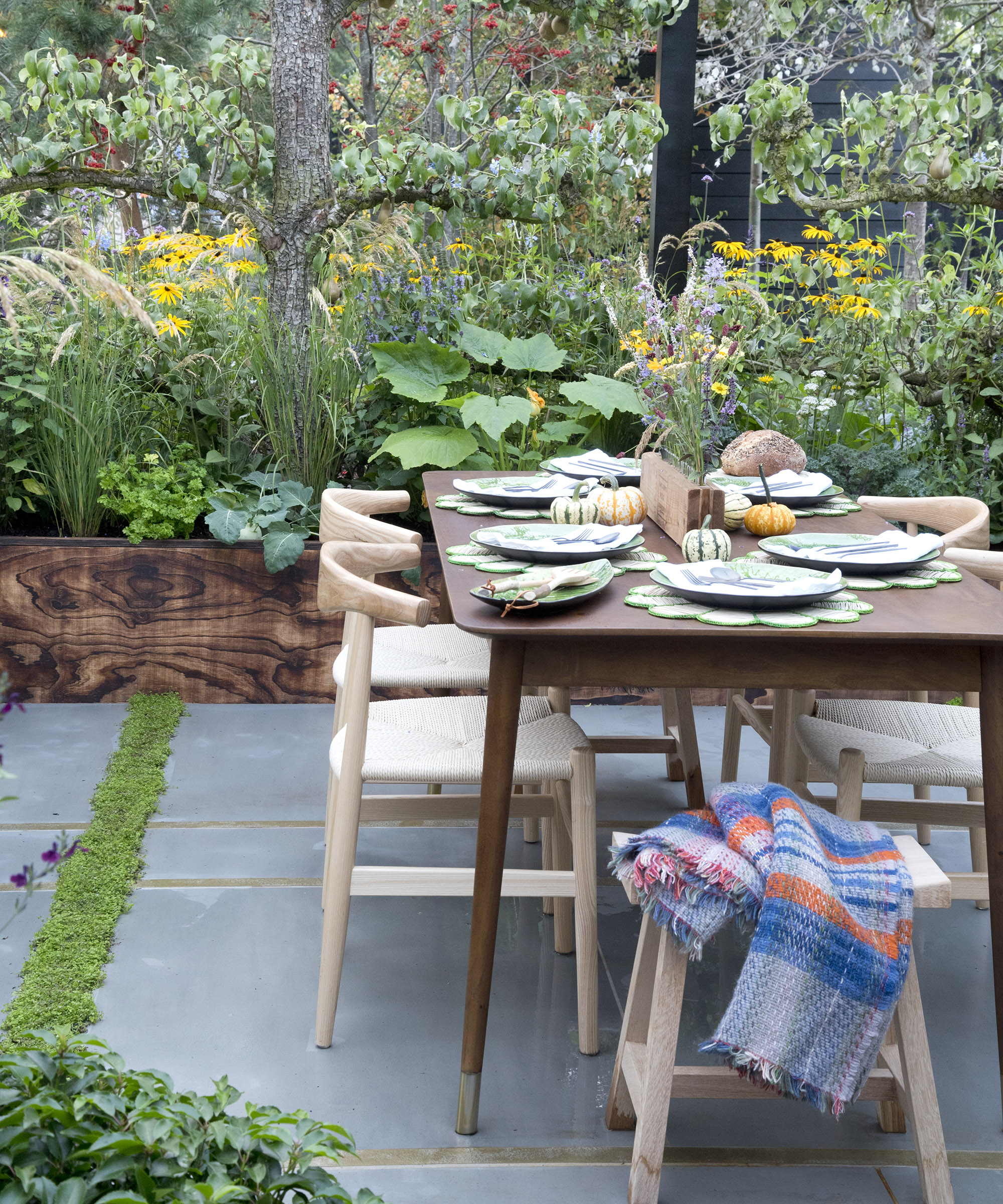
Use pressure to lift rust particles quickly.
Whether you choose to pressure wash your patio, or prefer to clean patio pavers without a pressure washer, chances are you might have one on hand at home. If you don't, you can always rent this cleaning tool for the day, or even just for a few hours.
'High-pressure water can remove surface rust effectively from concrete, especially when combined with a rust remover,' such as the CRC Evapo-Rust Heavy-Duty Rust Remover available at Amazon, says Karina. 'The pressure lifts rust particles from the concrete pores.'
Just like when cleaning a deck or removing green mold and mildew from wood decks, it's crucial to be careful with a pressure washer, to avoid damaging your concrete surfaces. Always start on the lowest pressure setting, keeping the nozzle at a 45-degree angle, and focus on one small area of rust staining first, to see the effect.
If you're interested in taking the plunge on a purchase, the Sun Joe Electric Pressure Power Washer available at Amazon has over 39,000 five star reviews. The Electric Pressure Washer, also available at Amazon, is another more budget-friendly option.
5. Try fizzy soda drinks

Fizzy drinks contain phosphoric acid, effective for removing rust from concrete.
If you have soda in the house, you're in luck. Carbonated drinks are great for removing rust stains on concrete, says Karina, due to the phosphoric acid they contain.
Pour the fizzy drink onto the stain and wait for it to soak for about 15 minutes, work it with a scrub brush, and then rinse with water.
However, Karina stresses the importance of being thorough when removing residue, warning, 'The high sugar content can make it sticky and hard to clean up.' But, with a little care and attention, this shouldn't be an issue.
Then, clean out the leftover cans for recycling and save the pull tabs for a soda can hack that doubles your closet storage.
6. Clean with WD40
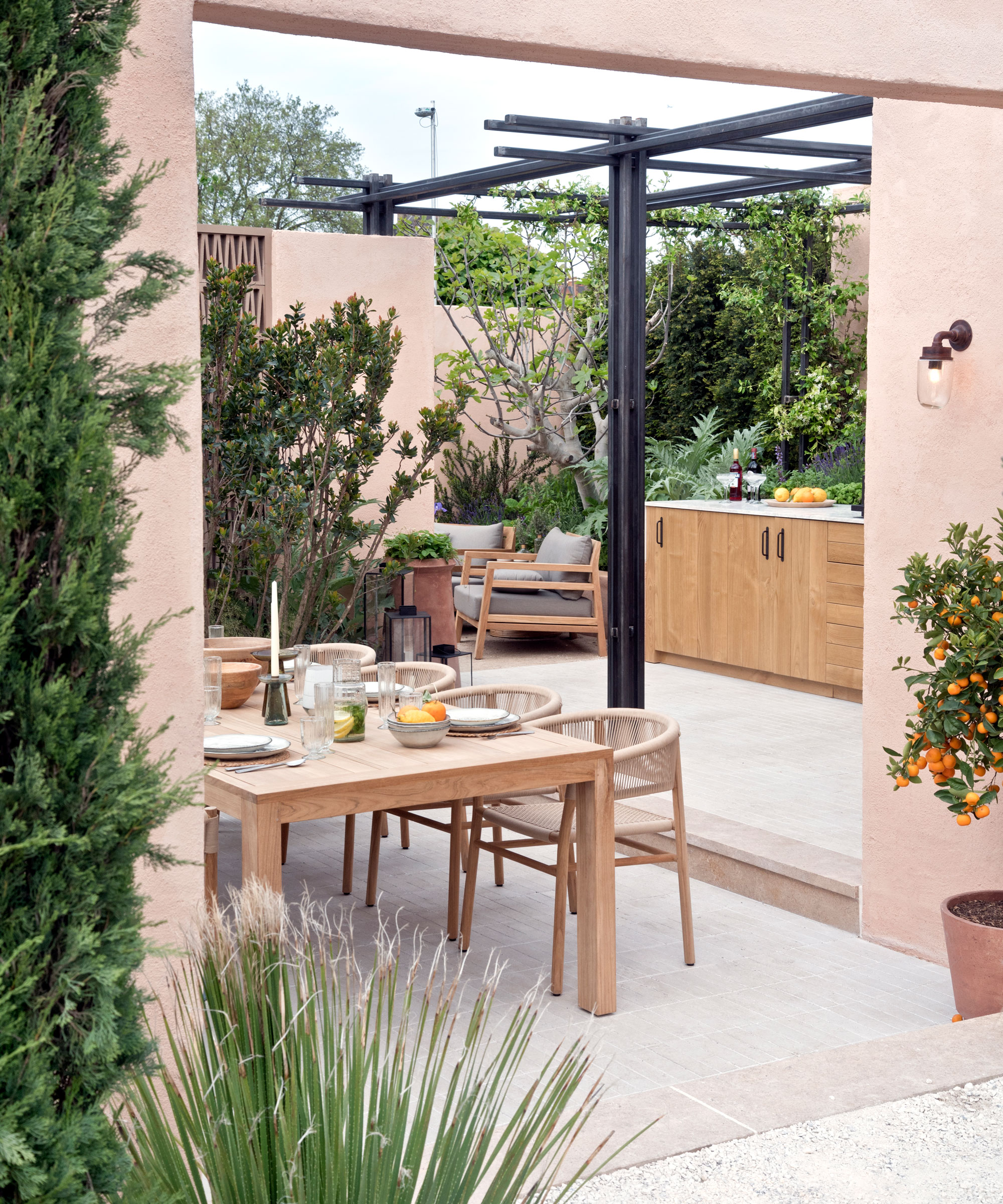
Dig out your old bottle of WD40 to tackle rust stains on concrete with ease.
Made to easily penetrate hard surfaces, WD-40 Original Formula, available at Amazon, can also be used to remove rust stains from concrete.
'It is as simple as giving the affected area a good spray over, and then taking your wire scrubber, such as the MR.SIGA Stainless Steel Scourer available at Amazon, to get down deep,' says Megan. 'WD40 tends to work on pretty much everything straightaway, so there's no need for you to wait for more than a few minutes.'
As Karina points out, this is particularly effective for minor rust stains on concrete, especially those made by tools or hardware. left on the floor outside for a long time. A WD-40 Specialist Rust Remover Soak is also available for purchase on Amazon.
7. Remove concrete rust stains with commercial cleaner
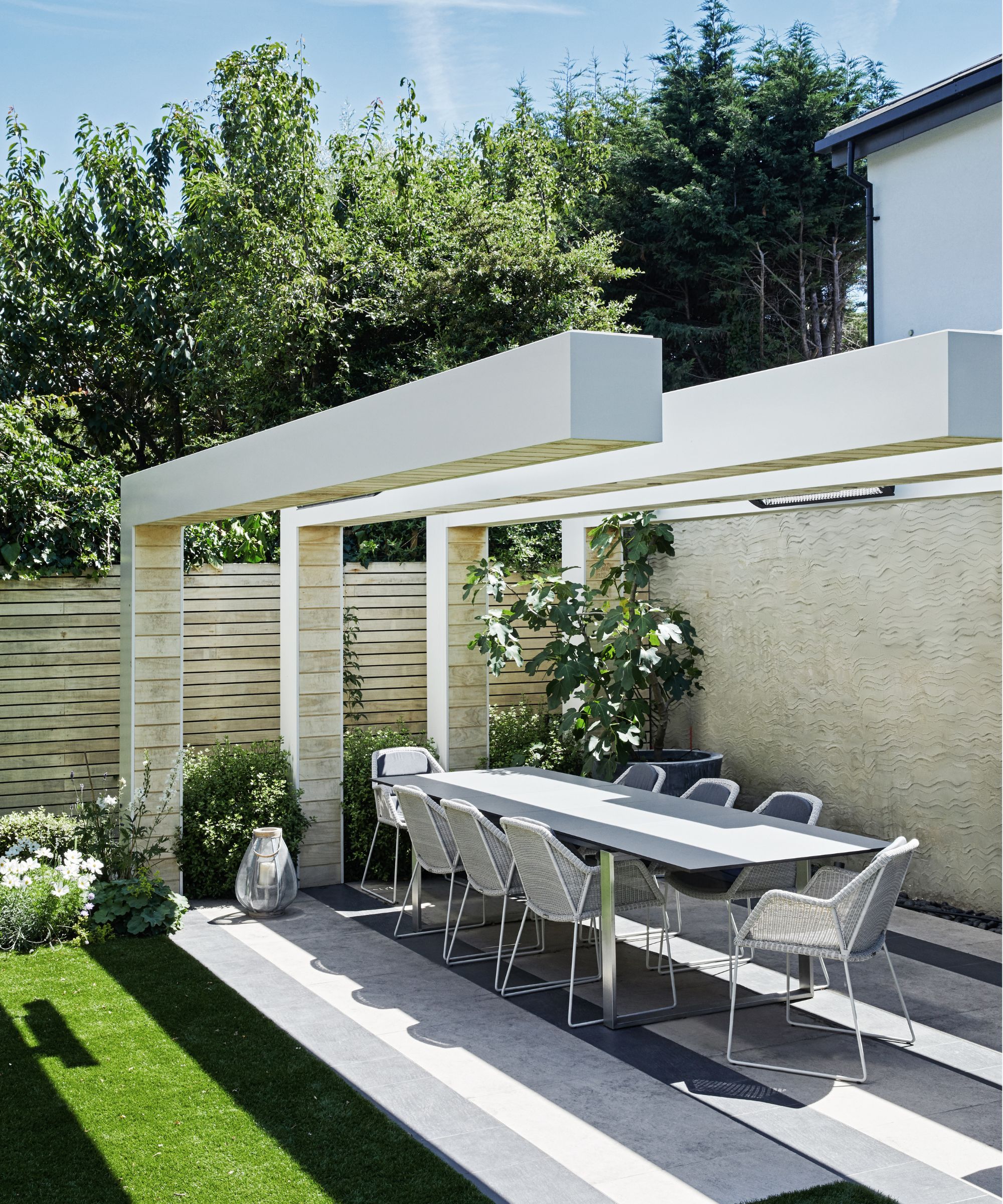
Trusting a commercial cleaner is a fail-safe option for removing concrete rust stains
Finally, you can, of course use a commercial cleaner. Just bear in mind that this will usually be a more expensive option.
'These are specifically formulated to remove deep rust stains without damaging the concrete,' says Karina. 'Follow the manufacturer's instructions for the best results.'
We recommend the Rust-Oleum Whink 1232 Rust Stain Remover available at Amazon for this, which is tough on even the toughest of rust on concrete stains, with no scrubbing required.
As always, rinse thoroughly after use.
All prices were correct at the time of publication.
What to shop
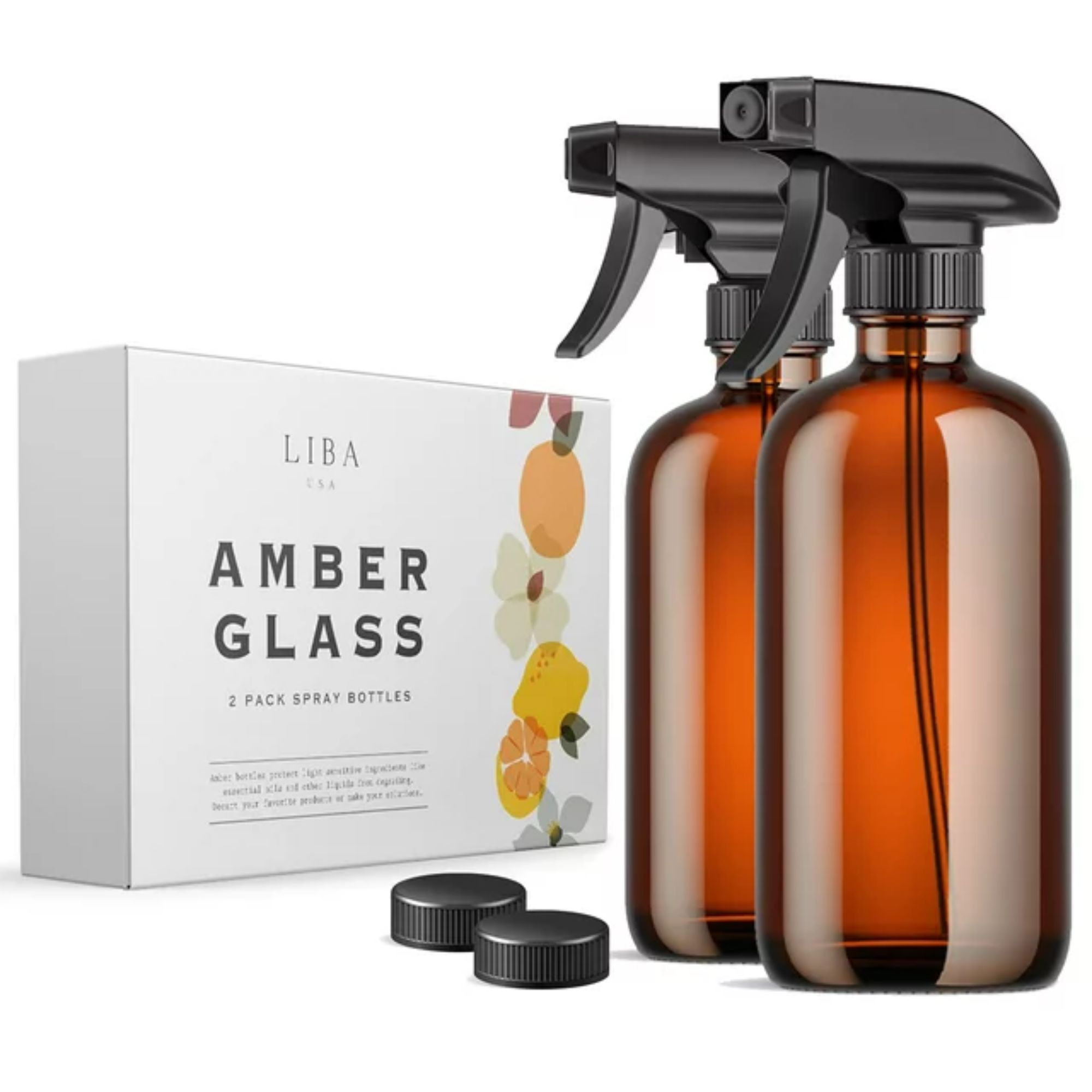
This glass spray bottles are ideal for mixing up any homemade cleaning solutions, with UV-protection to prevent ingredients from degrading.
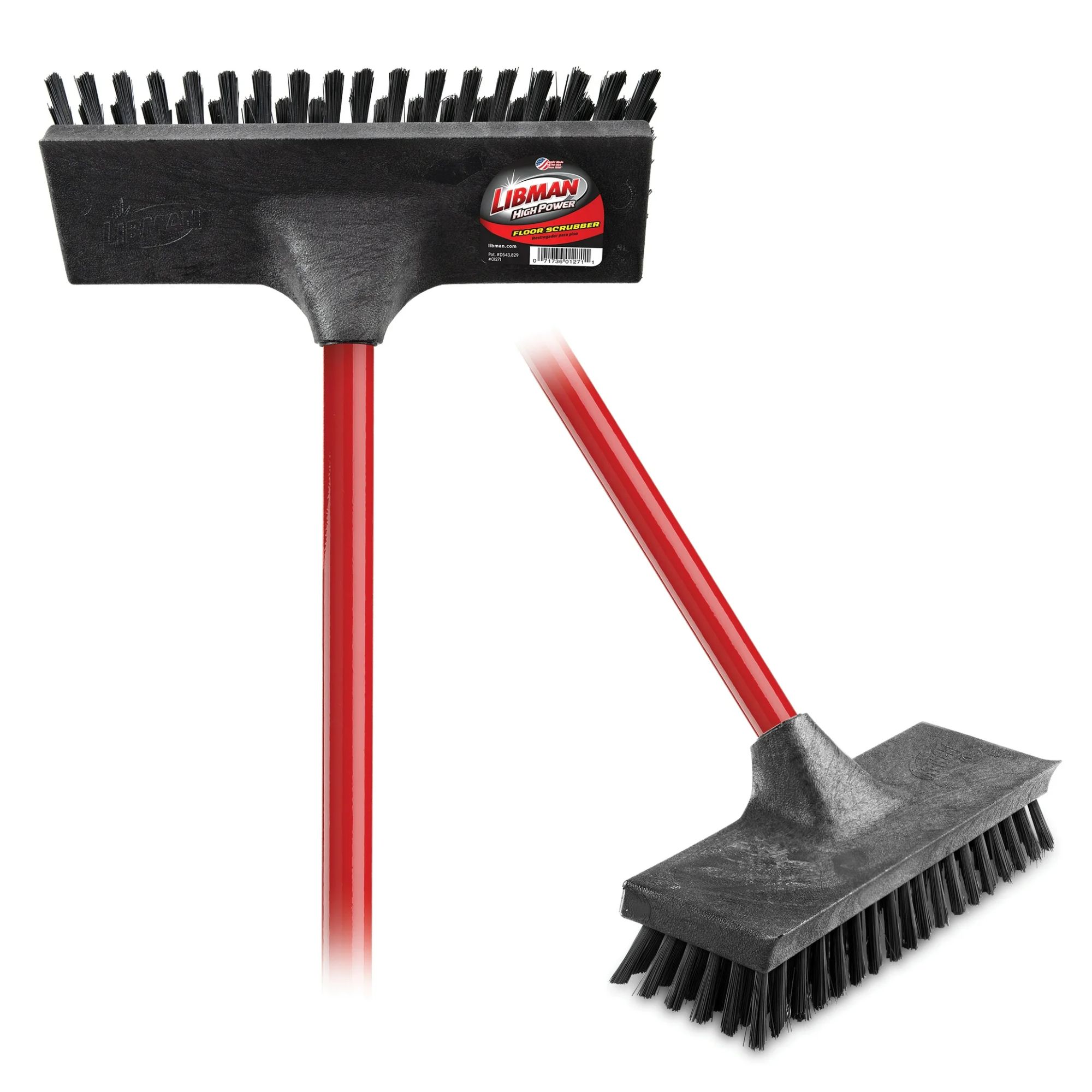
This floor scrub brush features stiff, un-flagged fibers made from recycled water bottles and a built-in hanger hole for easy storage.
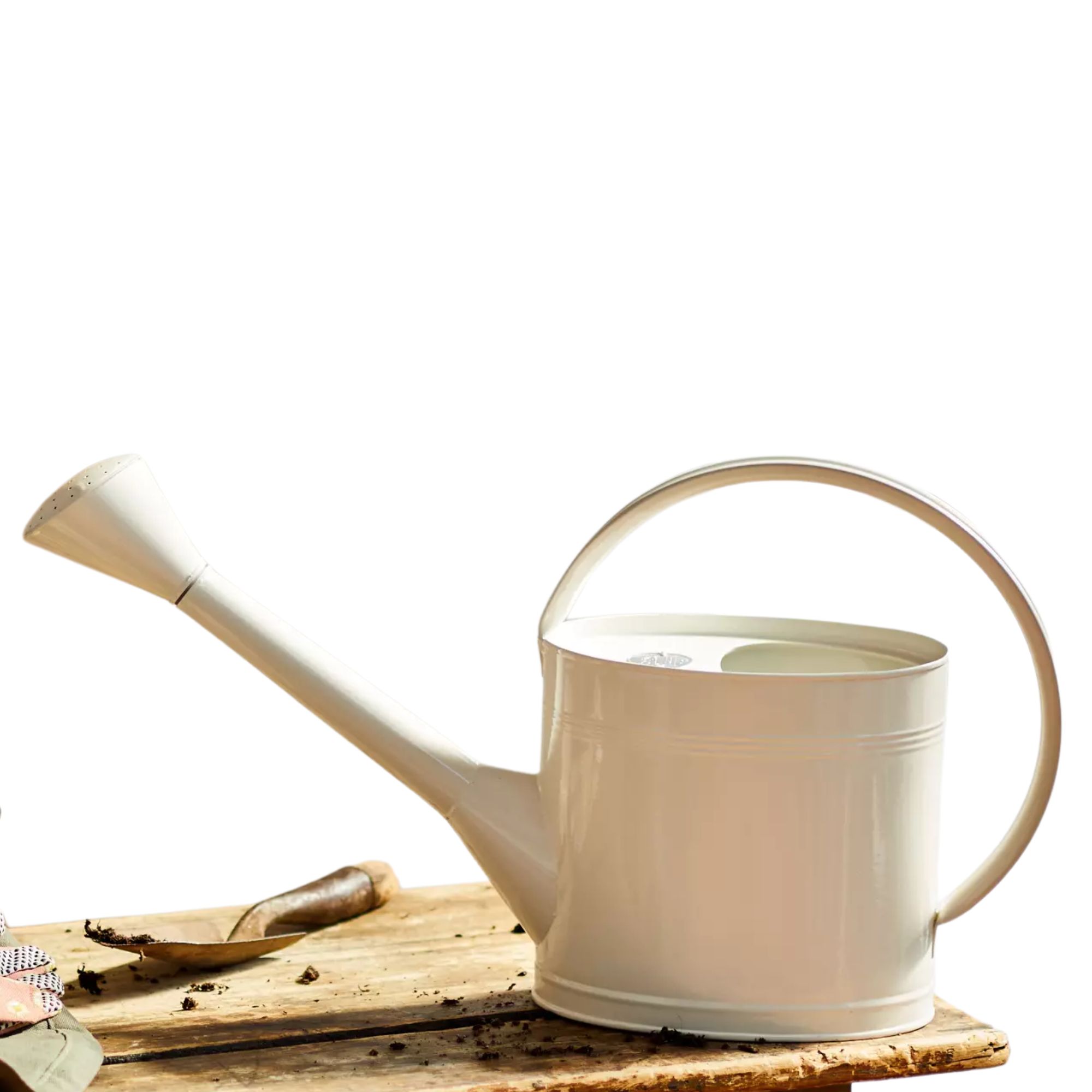
There's no reason that concrete rust removal can't be stylish. This gorgeous watering can features a comfortable, rolled-edge handle and weighted spout for automatic pouring.
Meet our experts

Karina is an expert when it comes to both indoor and outdoor cleaning, with extensive knowledge of commercial and residential cleaning, and contributions in The Spruce, Apartment Therapy and more.

Megan began her career at Future PLC as a news writer across Livingetc and Real Homes, before becoming news editor at Homes & Gardens in April 2022. In her time here she has tested numerous tricks and hacks, and now heads up the celebrity style team.
FAQs
How do you remove rust from outdoor ceramic tile?
Luckily, ceramic tiles aren't one of the items to never clean with bleach, which is the most effective way to remove rust stains.
Simply apply it neat to rust stains, leave it to sit for 20 minutes, and then wipe it off with a clean, wet cloth.
If you prefer to clean your home without harming the planet, try cleaning with baking soda, combining it with water for a paste that's similar to the consistency of toothpaste.
Spread it on the stain, leave it for an hour, and then scrub off. Toothpaste, applied and removed in the same way, will also work for removing rust stains from ceramic tile.
Did you know you can also clean rust with aluminium foil? Petroleum jelly also has many uses around the home.
Sign up to the Homes & Gardens newsletter
Design expertise in your inbox – from inspiring decorating ideas and beautiful celebrity homes to practical gardening advice and shopping round-ups.

Ottilie joined Homes & Gardens last year, after finishing a Master's in Magazine Journalism at City, University of London. With previous contributions in Livingetc and Motorsport Magazine, she produces content for the Solved section on the website, focusing on clever tips and tricks to keep your home beautiful, organized and clean. She also has an undergraduate degree in English Literature and History of Art from the University of Edinburgh, where she developed a love for inspiring interiors and architecture.
- Megan SlackHead of Celebrity Style News
You must confirm your public display name before commenting
Please logout and then login again, you will then be prompted to enter your display name.
-
 Julianne Hough's Scandinavian-inspired wellness area is stunningly chic – the striking design is a brilliant way to create consistency in your health journey
Julianne Hough's Scandinavian-inspired wellness area is stunningly chic – the striking design is a brilliant way to create consistency in your health journeyA natural wood sauna and cold plunge look gorgeous in Julianne Hough's backyard – an expert explains the unexpected wellness benefits
By Sophie Edwards
-
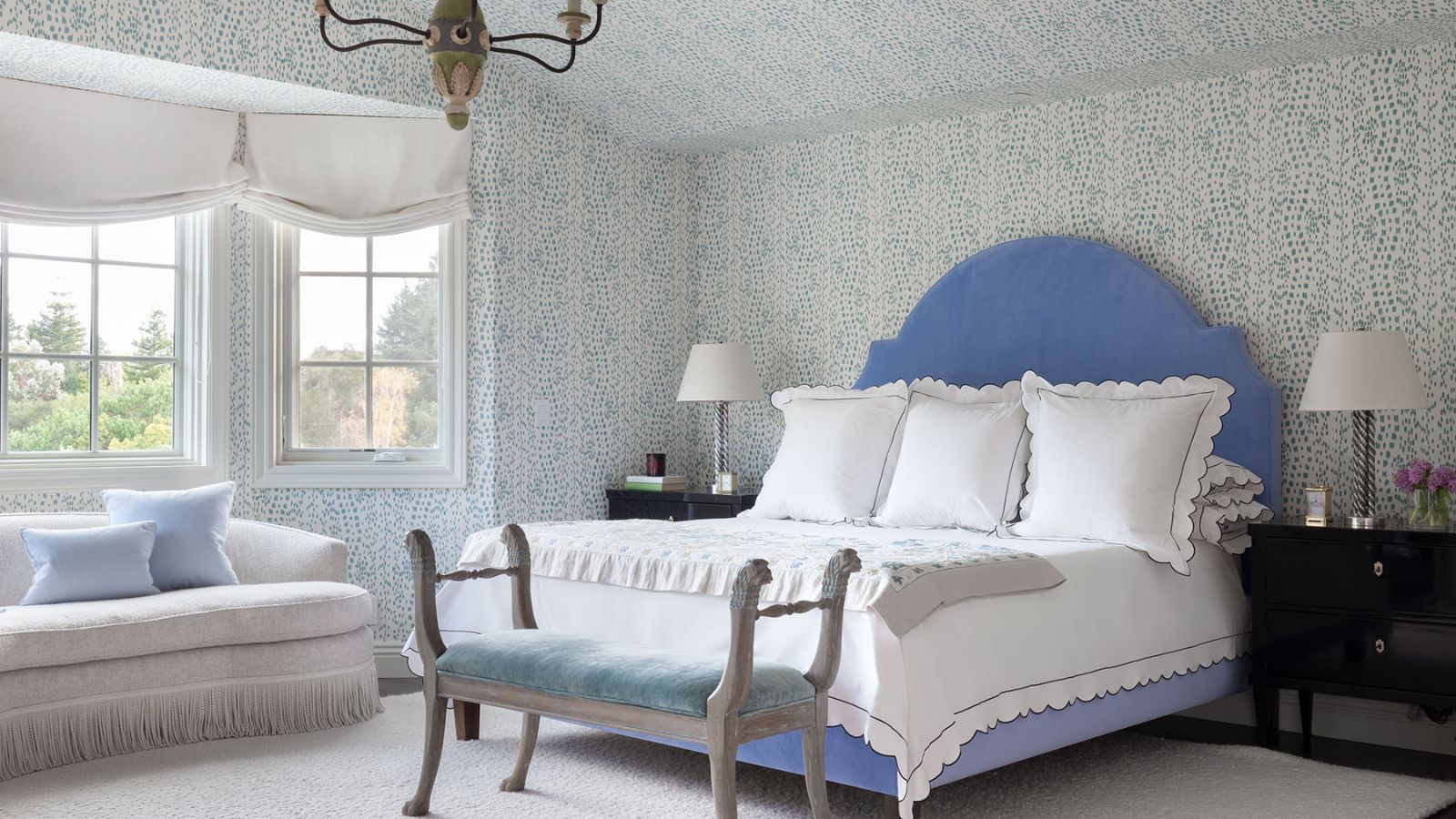 5 bedroom colors going out of style in 2025 – and what designers are using instead for a stylish sleep space
5 bedroom colors going out of style in 2025 – and what designers are using instead for a stylish sleep spaceDesigners are ditching these bedroom colors in favor of these on-trend and more restful alternatives
By Emily Moorman
-
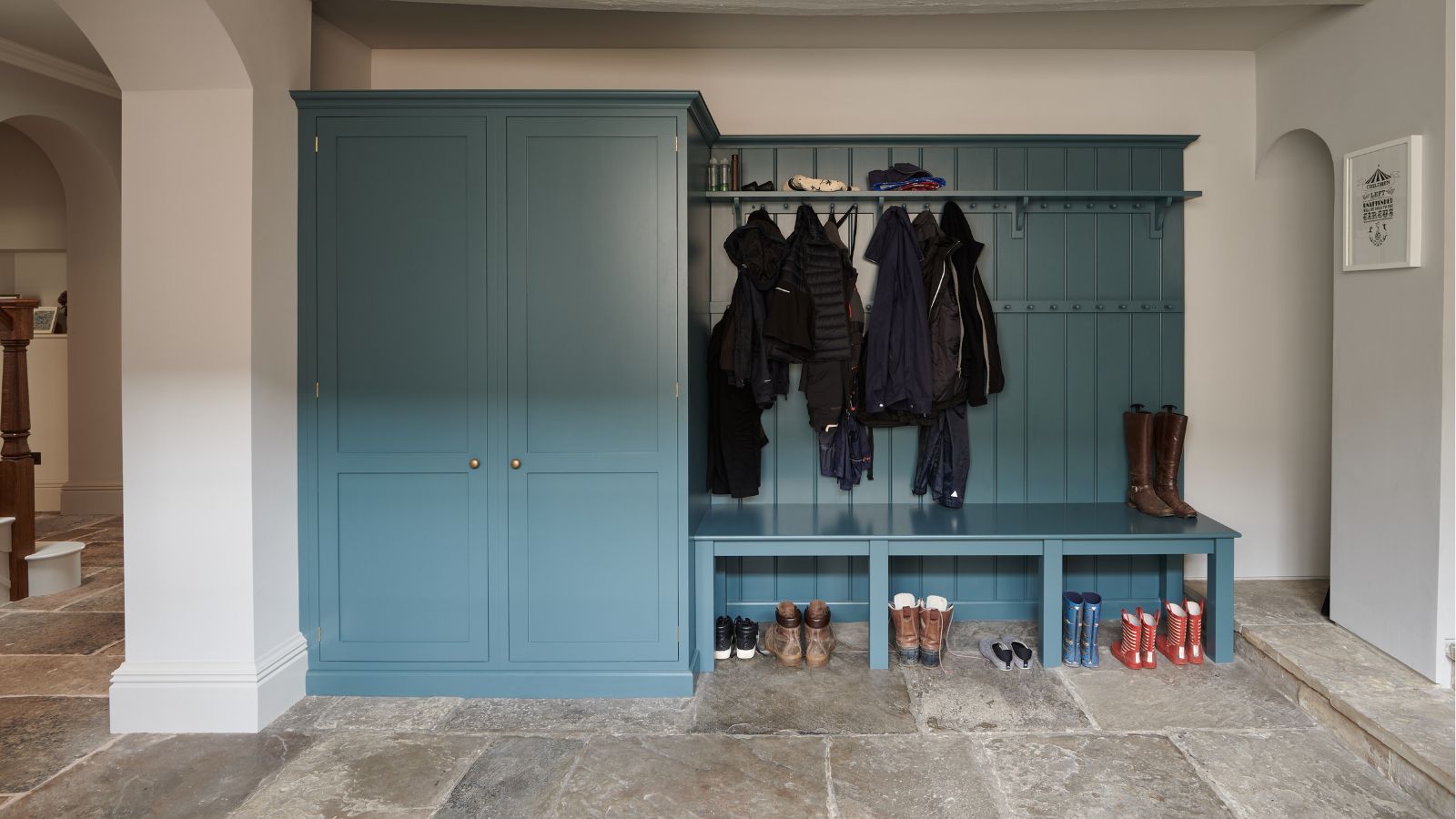 5 things people with clean mudrooms always do – it will consistently and easily keep dirt at bay
5 things people with clean mudrooms always do – it will consistently and easily keep dirt at baySay goodbye to muddy spring foot prints with these expert-approved tips
By Eve Smallman
-
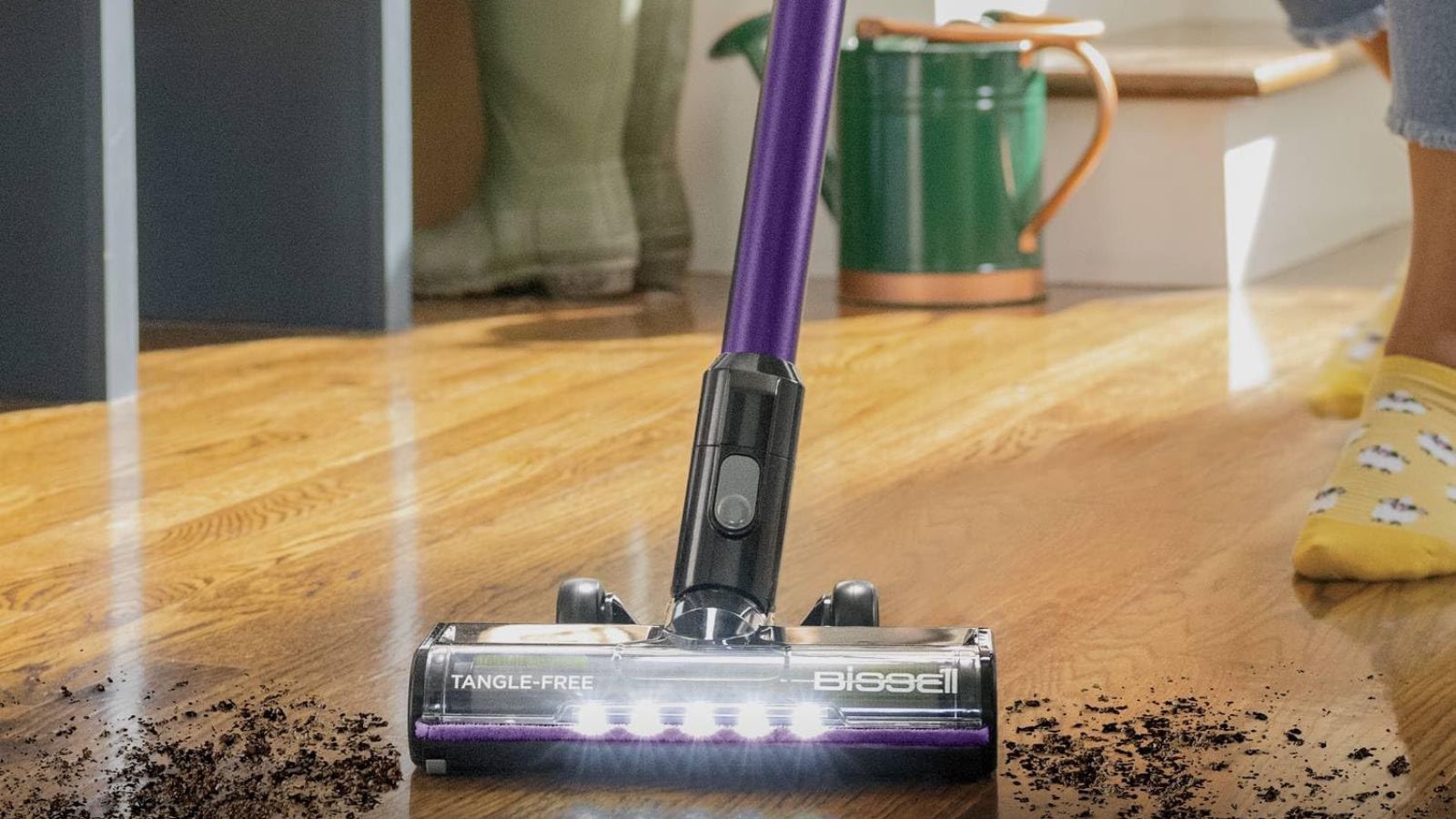 Bissell CleanView XR Pet 300W Stick cordless vacuum review – it's a great budget vacuum, but by no means perfect
Bissell CleanView XR Pet 300W Stick cordless vacuum review – it's a great budget vacuum, but by no means perfectLow price point, but with the cleaning performance to match it
By Camryn Rabideau
-
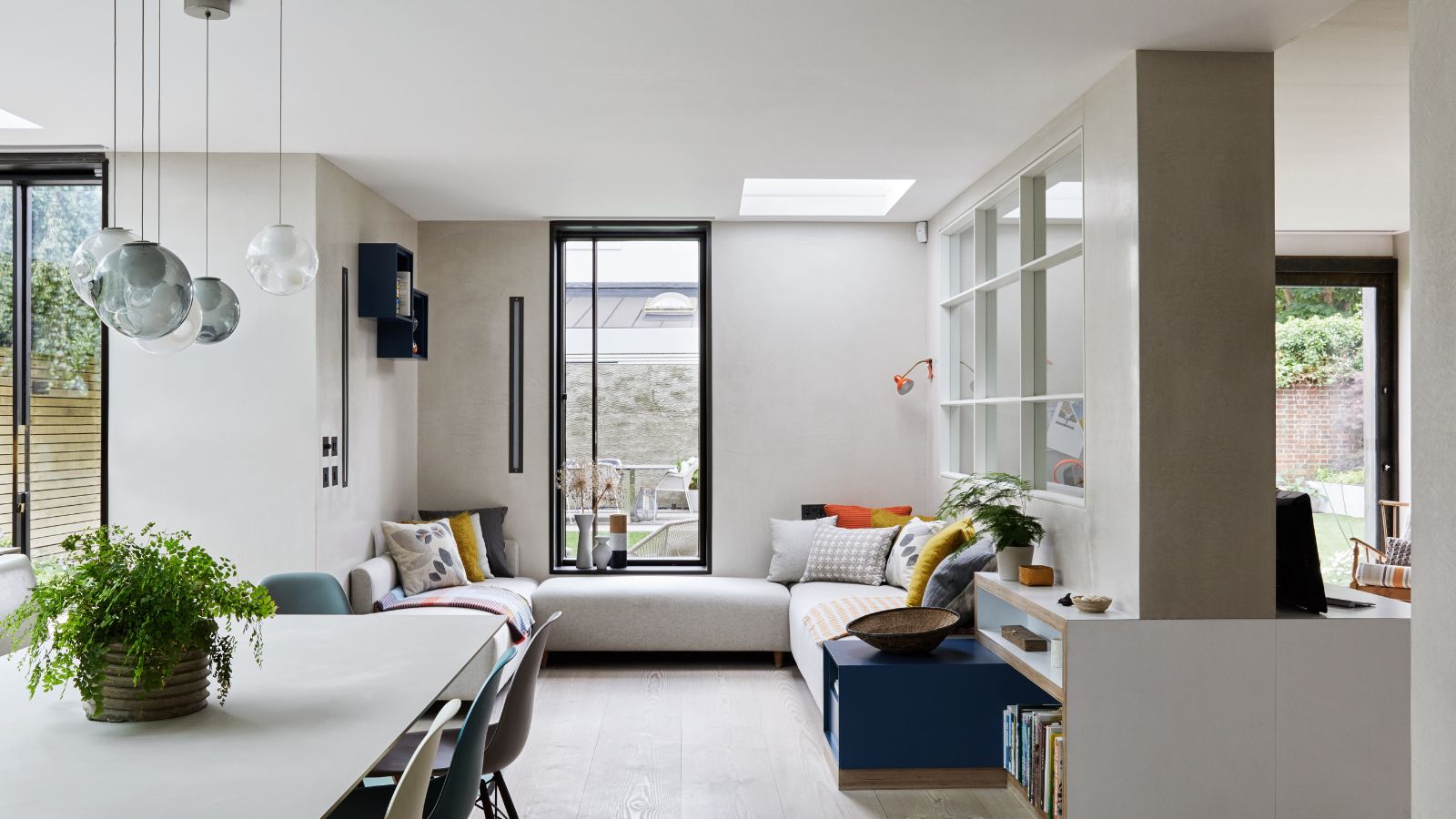 'It's surprisingly effective' – How to clean with white bread, and why this pantry staple might be just what your cleaning routine is missing
'It's surprisingly effective' – How to clean with white bread, and why this pantry staple might be just what your cleaning routine is missingIs this unusual cleaning hack the best thing since sliced bread?
By Ottilie Blackhall
-
 I’m a professional cleaner, and I swear by these quick and easy tips to clean pet hair from wooden floors
I’m a professional cleaner, and I swear by these quick and easy tips to clean pet hair from wooden floorsStaying on top of the mess makes it 10 times easier
By Carolina Kazimierski
-
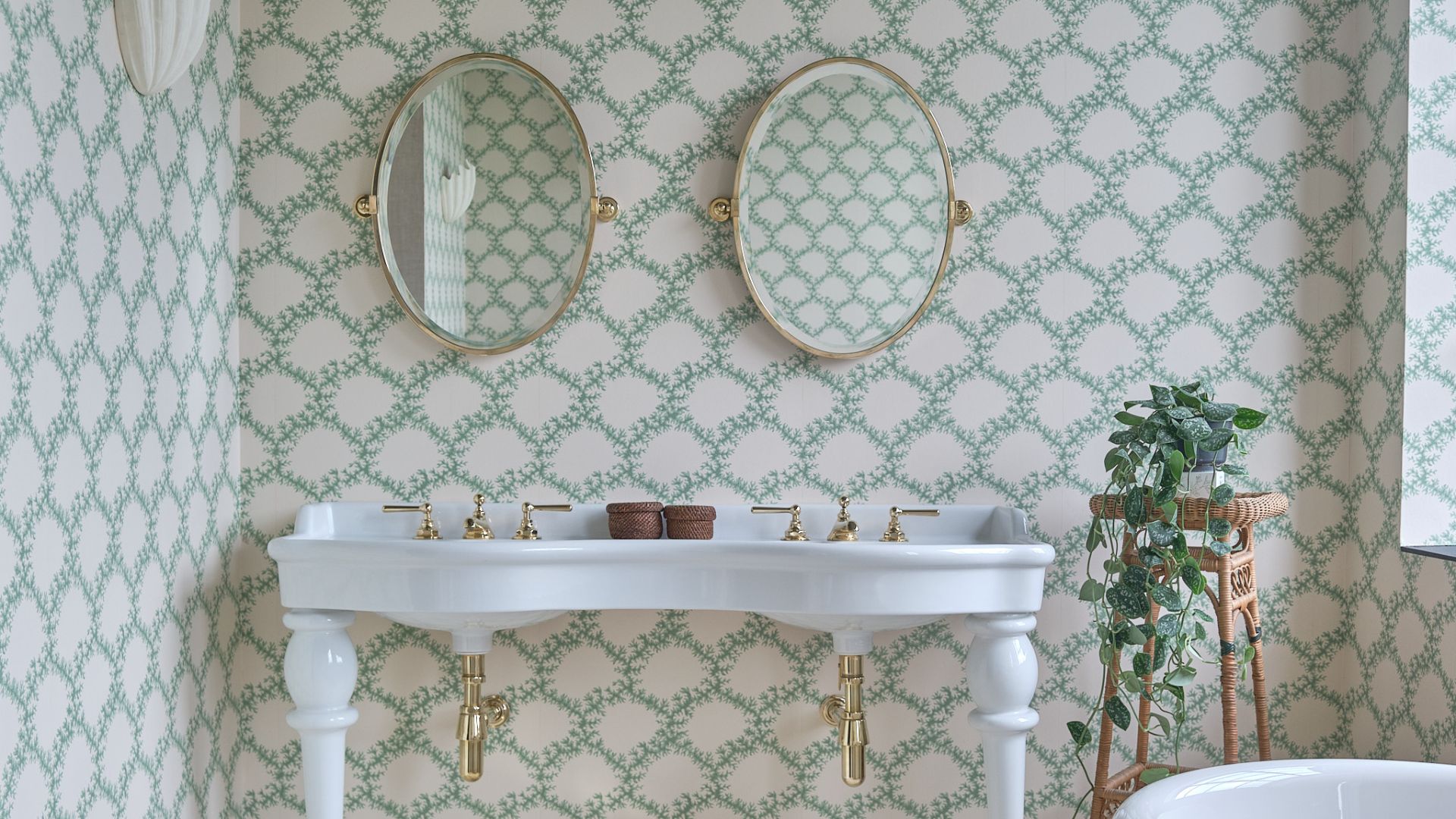 I tried this glycerin hack to stop the mirror in my bathroom from fogging up – and it worked like magic
I tried this glycerin hack to stop the mirror in my bathroom from fogging up – and it worked like magicIt instantly fixed one of my biggest pet peeves
By Chiana Dickson
-
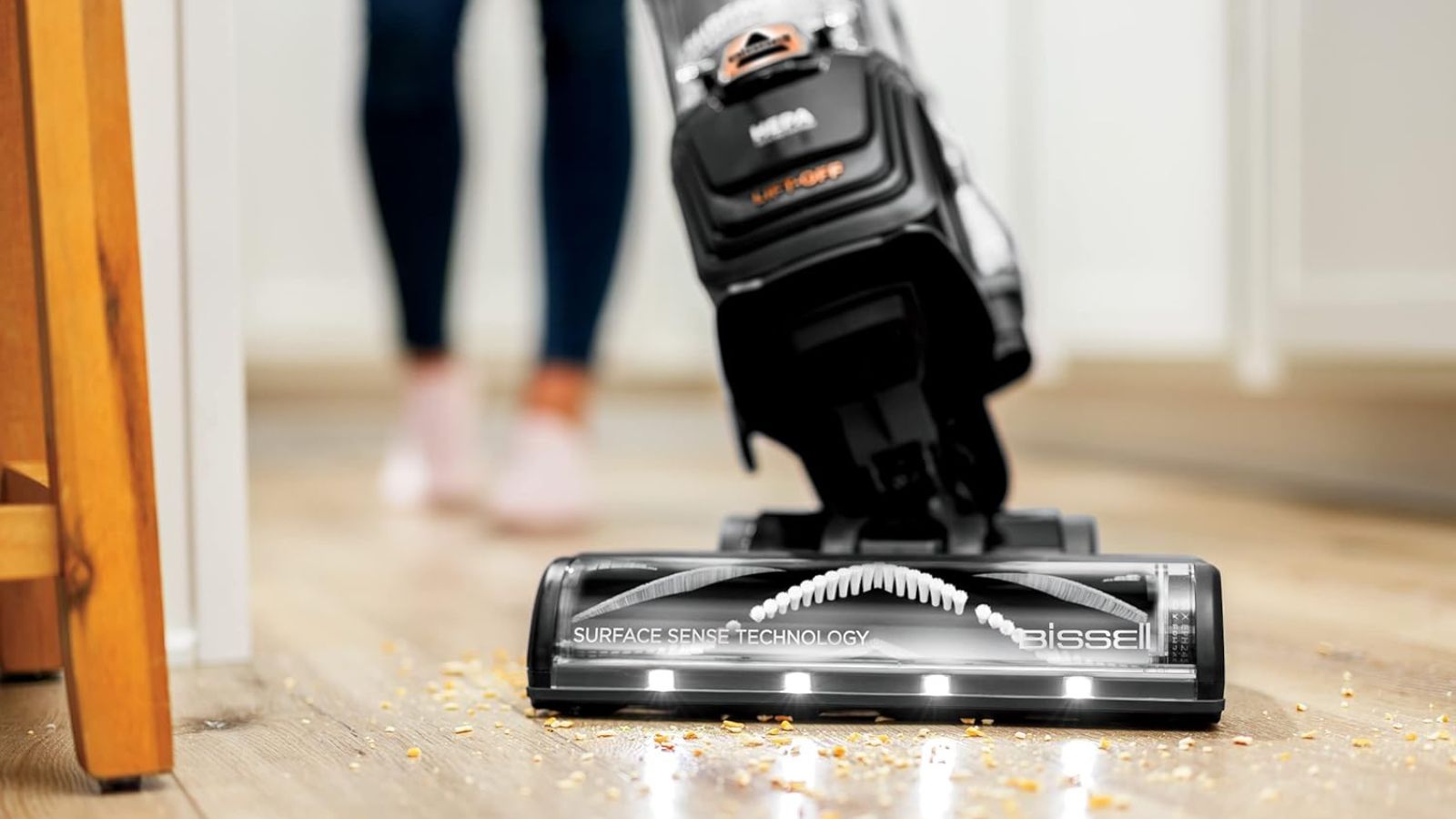 I tested the Bissell SurfaceSense Allergen Pet Lift-Off upright vacuum – and love how impressively it cleans every surface at this price
I tested the Bissell SurfaceSense Allergen Pet Lift-Off upright vacuum – and love how impressively it cleans every surface at this priceAfter two weeks of vacuuming and testing, I'm recommending this budget-friendly vacuum to everyone
By Camryn Rabideau
-
 Using my Iranian grandma's fridge trick keeps my crisper drawer pristine – and fresh produce lasts twice as long
Using my Iranian grandma's fridge trick keeps my crisper drawer pristine – and fresh produce lasts twice as longIt's amazing how a simple tweak can make such a big difference
By Punteha van Terheyden
-
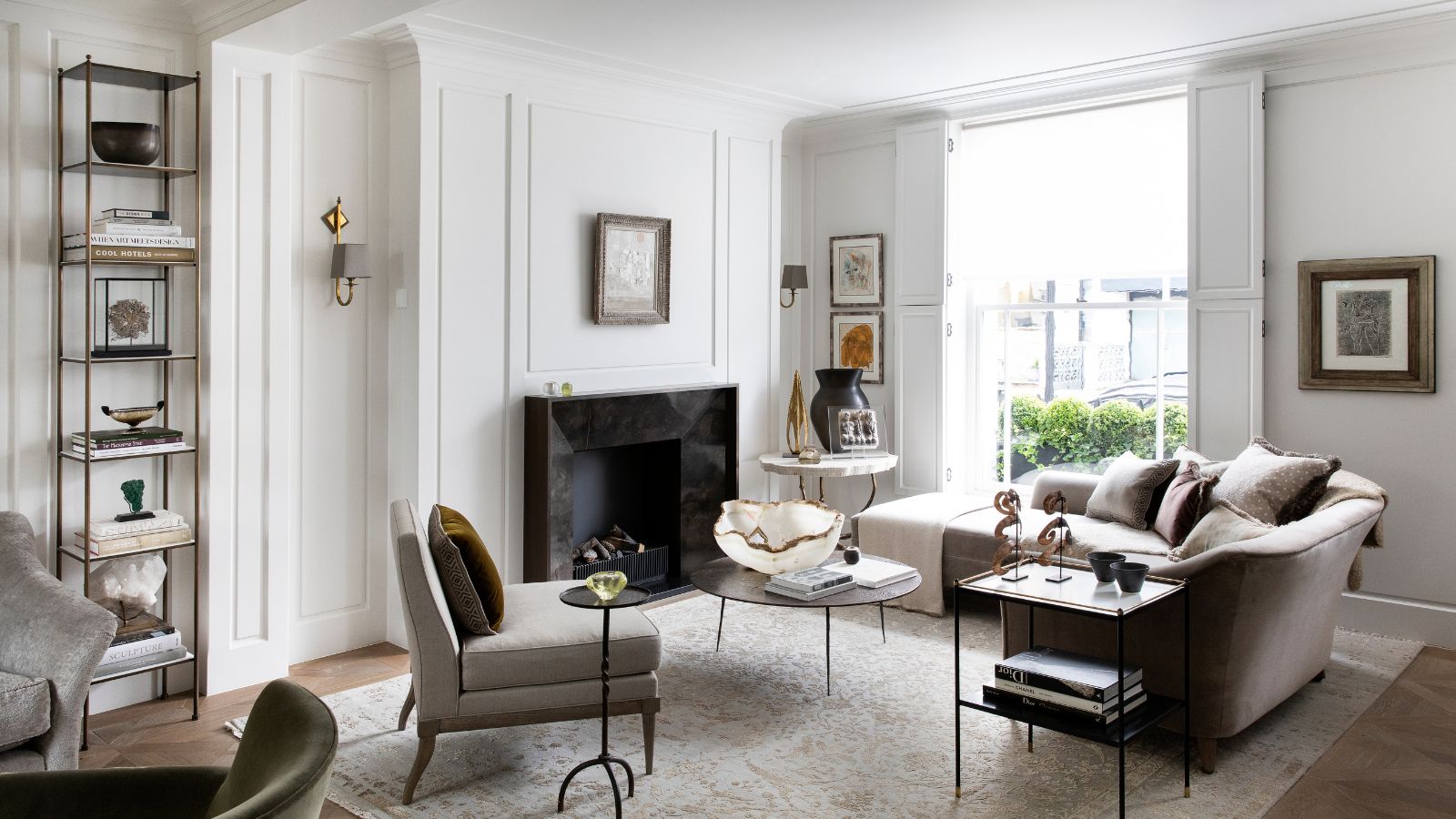 Engineers reveal the 4 common faults they're always fixing in Shark vacuums – and how you can prevent them from happening
Engineers reveal the 4 common faults they're always fixing in Shark vacuums – and how you can prevent them from happeningThese checks will restore your Shark vacuum to its former glory
By Dan Fauzi